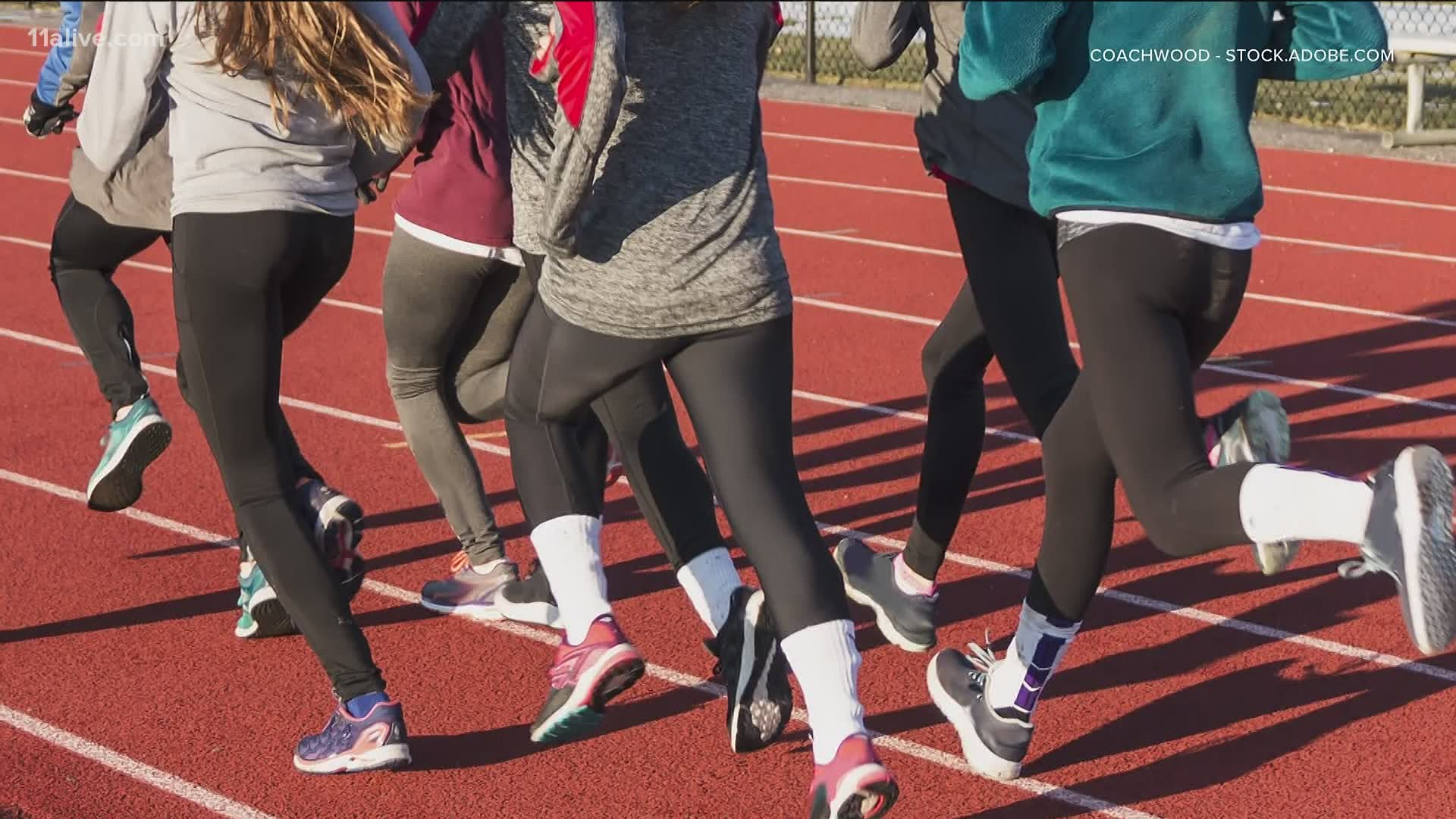ATLANTA — It's another side effect of the pandemic.
Doctors at Children's Healthcare of Atlanta are noticing a rise in the number of cases of stress fractures in their young patients.
Dr. Ashley Brouillette, a primary care pediatrics sports medicine physician at Children's, believes the increase in cases could be due to deconditioning during the pandemic, when kids were less active during COVID restrictions.
"For example, a kid who was held out of sports for a year and then all of a sudden they get told they can go back, and they go zero to 60," Dr. Brouillette said. "So they have increased stress on that normal bone and it's too much load."
Dr. Brouillette explained stress fractures are considered an 'overuse injury,' yet increased sitting can also lead to hip weakness and ultimately, more injuries and pain.
"When that hip is weak, then your mechanics all the way down the line into your ankle into your shin into your foot can actually be disrupted," she explained. "So when kids sit around all day, they're not engaged. They're not using their body and so that weakness then means they're putting the stress differently on their bones than how it was designed to take it. And so we see that translating into increased stress fractures."
According to Dr. Brouillette, a tell-tale sign of a stress fracture includes increasing pain with daily activities. She commonly sees stress fractures in the shin area, but doctors are also noticing stress fractures in the back as well.
"That's more often in our gymnasts, our cheerleaders, pole vaulters," Dr. Brouillette said.
But parents and athletes take note: there are ways to prevent such injuries. Prevention tips for avoiding stress fractures includes keeping kids active year round, cross training with high vs. low intensity activities and making sure kids returning to sports slowly increase their activity level.
Good diet and daily calcium intake are also important for maintaining good bones, Dr. Brouillette said.

